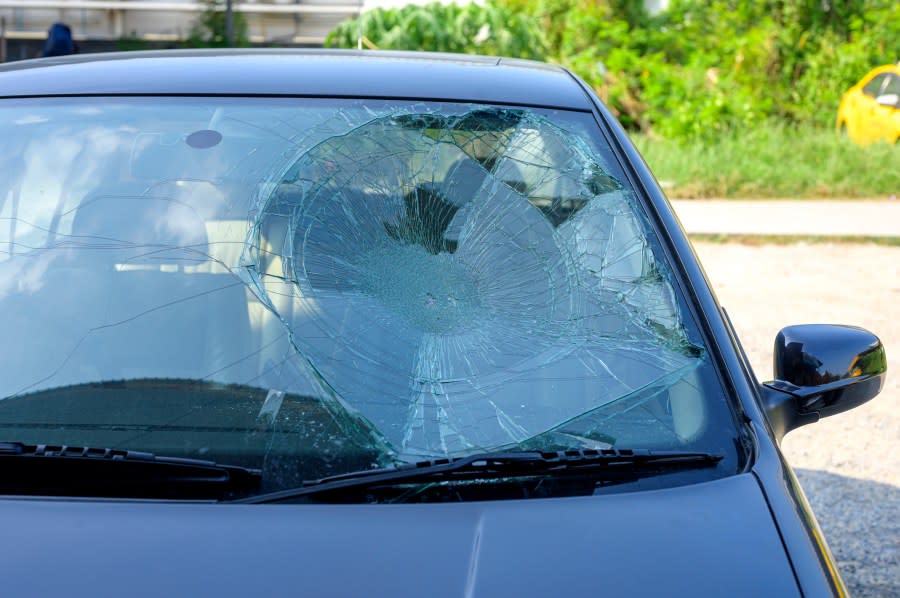North Carolina auto insurance requirements will change in 2025

NORTH CAROLINA (QUEEN CITY NEWS) — Beginning Jan. 1, 2025, North Carolina will raise its minimum auto insurance coverage requirements, tying several other states for the most expensive minimums in the country.
The bill, passed last year, allows victims of crashes to collect more money from those who are at fault by raising the minimum amount of liability insurance a driver needs.
As it currently stands, drivers in North Carolina are only required to have liability insurance that covers $25,000 for property damage and $30,000 for personal injury per person, up to $60,000 per accident.
If a driver causes an accident where the damages are worth more than their insurance coverage, the victim of the crash could come after their assets.
The new law bumps the minimum liability coverage to $50,000 for property damage and $50,000 for personal injury, up to $100,000 per accident.
No official announcement has been made regarding what impacts these changes will have on a consumer’s insurance rates, but it is likely drivers will see an increase in the new year.
“We’ll see an additional increment in insurance rates, but it will be a small amount compared to the additional protection that you’re getting. If you cause an accident, you’ve got a lot more protection: $50,000 now for property damage, which would pay for most vehicle claims,” said Personal Injury Attorney Carl Nagle.
Get breaking news alerts with the Queen City News mobile app. It’s FREE! Download for iOS or Android
The law also makes changes to how Underinsured Motorist Coverage (UIM) is paid out.
UIM is mandatory in North Carolina. It protects victims when the driver at fault in an accident does not have enough insurance to cover all damages.
The way the coverage is currently set up allows insurance companies to “set off” their payments, only paying the difference between the victim’s UIM coverage and the at-fault driver’s liability coverage.
For instance, let’s pretend a driver has $100,000 in UIM coverage, and is the victim of a crash that requires $100,000 in medical bills. In this scenario, the driver who caused the crash only has $50,000 in personal injury liability coverage.
As the law currently stands, the victim’s UIM policy would only need to pay the difference between their maximum coverage and the amount the at-fault party pays. In this example, that means the UIM policy would pay out $50,000 and the at-fault party would pay $50,000, giving the victim a total of $100,000.
The new law eliminates that liability set off, allowing victims to collect the entire face value of their UIM policies. In the example above, that means the victim could collect their full $100,000 UIM coverage, plus $50,000 from the at-fault driver, for a total of $150,000
Copyright 2024 Nexstar Media, Inc. All rights reserved. This material may not be published, broadcast, rewritten, or redistributed.
For the latest news, weather, sports, and streaming video, head to Queen City News.

